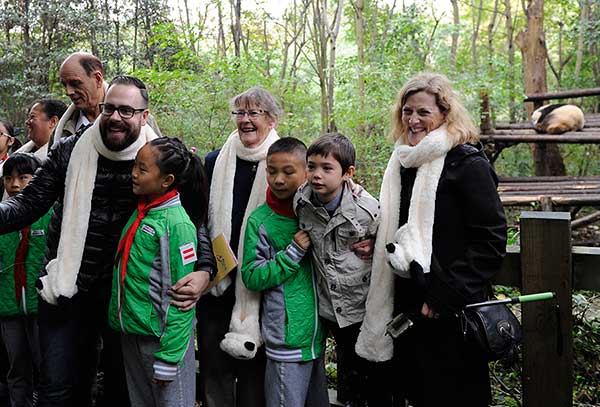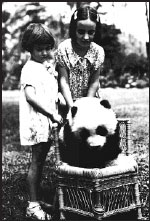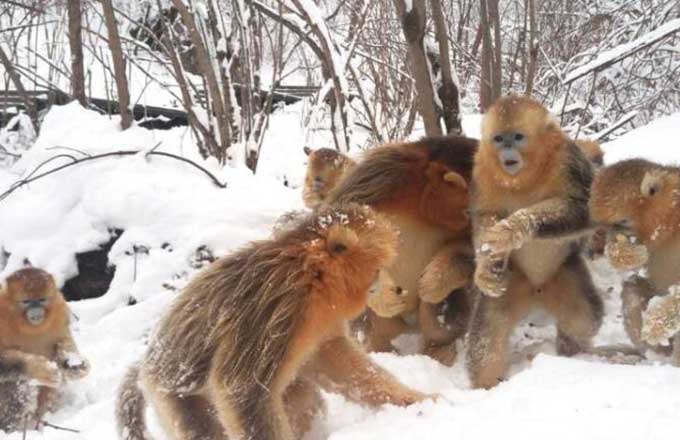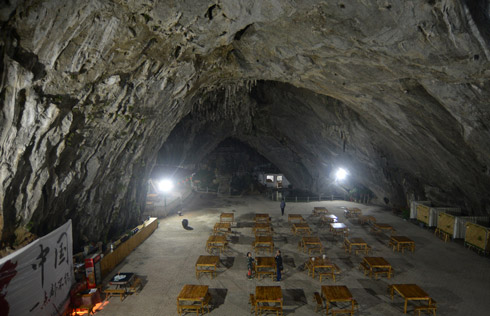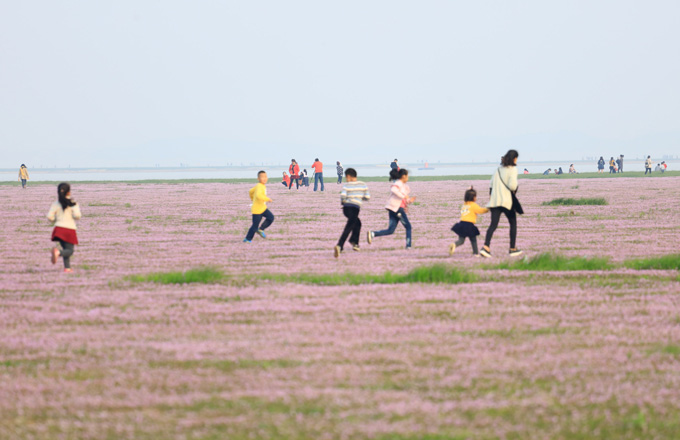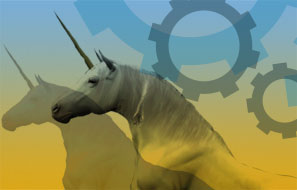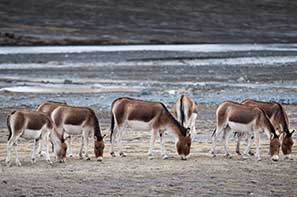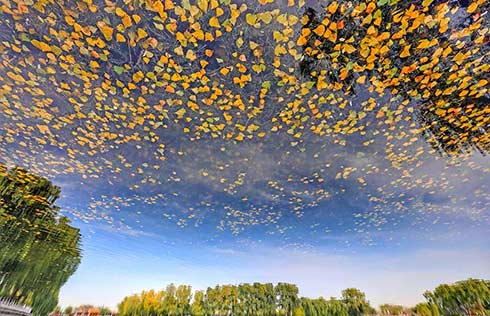Lovable cub Pandora recalled 78 years later
|
A delegation of Canadians, including children of missionaries who lived in the area in the 1930s, visits the Chengdu Research Base of Giant Panda Breeding in Sichuan province on Tuesday.An Yuan / China News Service |
Marion Walker was all smiles when she saw a small panda at the Chengdu Research Base of Giant Panda Breeding in Sichuan province on Tuesday.
The 86-year-old Canadian said the young panda reminded her of Pandora, the cub with whom Walker and her elder sister Enid Walker played frequently in 1938. At that time, the Walker family lived at West China Union University in Chengdu.
Pandora was very cute and, like the pandas at the base now, liked climbing, Walker recalled.
|
Panda cub Pandora with Marion Walker (left) and her elder sister Enid in 1938. |
This was Walker's fourth visit to the city since childhood. After an absence of 70 years, Walker revisited Chengdu, her birthplace, for the first time in 2008.
Walker and 16 other Canadians returned to Chengdu at the invitation of the School of Public Health of Sichuan University. They will attend the opening ceremony on Wednesday of a museum about the "CS Kids", as Walker and her fellow former students of the Canadian School in Chengdu are known.
The museum also tells the story of Pandora, according to Shen Zaiwang, a senior official with the Sichuan Provincial Association for Friendship With Foreign Countries.
More than 100 years ago, a group of Canadian missionaries came to Sichuan, establishing West China's first Western clinic and West China Union University, which featured a strong dentistry department.
Their children were born and brought up in Sichuan.
Some of the CS Kids frolicked with Pandora when the captured panda stayed temporarily at West China Union University before heading to the United States in May 1938.
In March 1938, the university had received a request from the New York Zoological Society, which wanted a baby panda or a pair, if possible. With the help of hunters who obtained the panda in the mountains in Guanxian (now Dujiangyan), the wife of Frank Dickinson, a professor of biology, took the cub to her home at the university. She kept it like a pet and named it Pandora.
Until Dickinson's colleague Roy Spooner, a chemistry professor, took Pandora to the United States in May 1938, many of the CS Kids played with it after school.
"When it was sunny, we would take Pandora to the lawn," Beth Leach, one of CS Kids born in Chengdu, said on Tuesday. "Local residents flocked to see it, and it became a fad for locals to see Pandora."
Spooner flew with the cub from Chengdu to Chongqing, where they boarded a ship to Hong Kong via Shanghai and changed to a ship to the United States. Pandora died on May 13, 1941.




